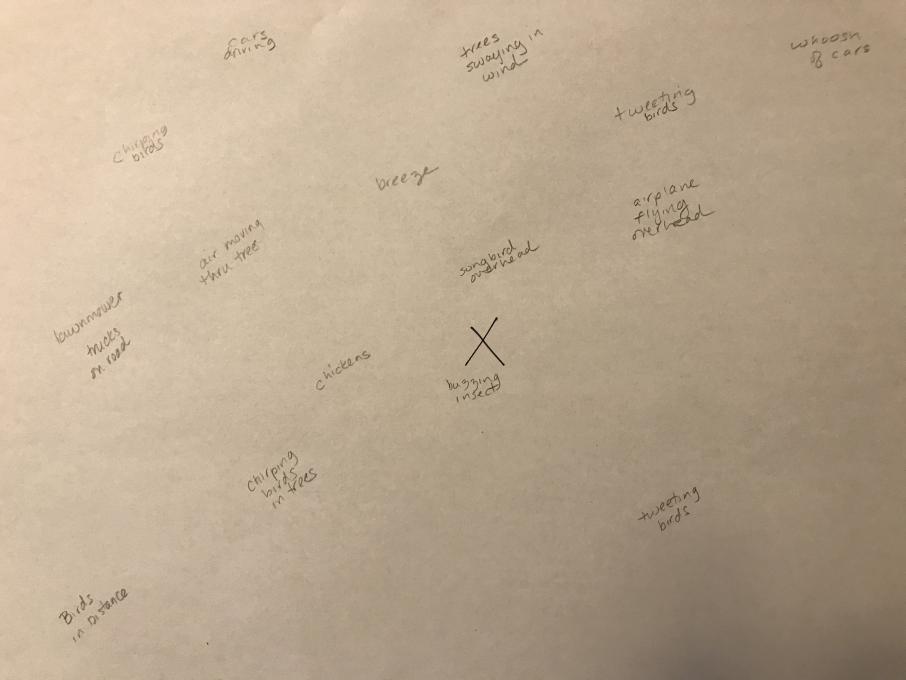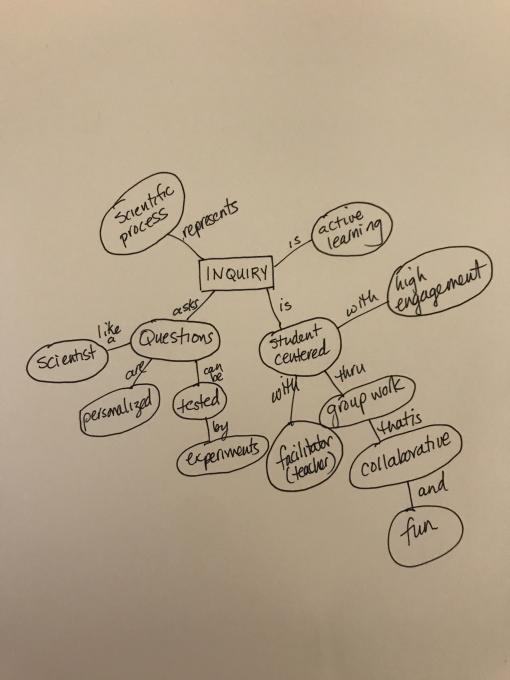Kathleen
Forum Replies Created
Viewing 12 posts - 1 through 12 (of 12 total)
-
KathleenParticipantSome inquiry based projects will inherently have more depth to them based on the question asked while others will be simpler in scope. I think this will prove challenging to assess and this will need to be taken into account in the rubric. In addition to the question asked, the depth of data collection and data analysis will make reports stronger or weaker. Again, this needs to be reflected in the rubric so students have an idea of the expectations. I also find that exemplar reports can be helpful as well as writing a report together just to set expectations.in reply to: Sharing Student Projects #831767
-
KathleenParticipantWhen I have done inquiry activities in the past, it has sometimes been hard to help a group ask a question they can answer with the supplies we have or within the time frame we have to work with. Generally, I offer suggestions and we brainstorm ways to get the materials and I recommend ways to complete the experiment in a shorter window. Overall, the biggest issue I have with inquiry activities has been the amount of time they take in class. I know the process is important, but there are also big biology concepts that are critical. I like the idea of doing several larger inquiry activities throughout the year where students work on them a little bit at a time instead of devoting entire class periods to the activity. The inquiry/research activity could be worked on once a week or every few days for just a few minutes during class time. My inquiry activities have been more isolated as just part of one or two units of study. If the project was something that was worked on throughout the year, students would be practicing this important science process and there would be time for curriculum as well.in reply to: Assessing Investigations – Classroom Case Study #831741
-
KathleenParticipantI choose iNaturalist which allows citizen scientists to log sightings of organisms. The database is accessible to anyone including students; so even if you haven't participated in the project you can use the data. The data is initially presented in graph form and shows sightings monthly for the current year and also data going back several years. Sex and life stage are also tracked. Students can click on points on the graph to show listings of the data. Students could compare data from multiple years to investigate questions like "Is there a shift in when songbirds are returning to Massachusetts in the springtime?".in reply to: Data Literacy Through Citizen Science #831614
-
KathleenParticipantI encourage students to ask questions during class time and during group work. At the beginning of the year, students do an activity on defining life by observing many different specimens. Students have lots of questions as they look at the specimens and helps them know I encourage their questions and curiosity.in reply to: Launching Investigations #831465
-
KathleenParticipantI participated in the Nature's Notebook Citizen Science project. It took me some time to learn what was expected and learn how to use the online tool and the mobile app. I imagine students will be quicker at learning this than I was, but it does require some time to learn and I will need to incorporate that in if I do this project with students. The project asks participants to decide which plants and animals they want to observe upfront. I suspect students will encounter organisms as they begin their observations and I wonder if it is okay to add on to the list as they find interesting specimens. That's what happened to me -- I found a spring peeper by surprise and a bunch of caterpillars that I wasn't tasked with observing. Students will certainly refine their observation skills and get an appreciation for nature. The observations students make will surely bring up many questions. Students will then be able to work on designing testable questions.in reply to: Symbiosis in the Soil – Classroom Case Study #831297
-
KathleenParticipantAs suggested in the video, it is important to ask students open-ended questions and to also model this behavior with students, but it's also critical to set up a welcoming climate for questions. A colleague of mine often begins her classes by showing a diagram or lab demo. She then calls on students asking their questions about what they saw. Consequently, students in her class become comfortable asking questions and contributing in class. I think it is important to set a climate where students do feel comfortable asking questions and they know they will be respected. Once that climate is in place, more of focus can be put on open ended questions that are derived from observations students make.in reply to: Supporting Open-ended Questions #829724
-
KathleenParticipantWhen I sat down to do the activity, I had some preconceived notions about what I would hear and expected to mostly hear birds. But I was surprised to hear many other sounds. The breeze in the trees was particularly impactful to me. I would encourage students to be patient and not to rush their observations. I often notice that students make very quick observations instead of taking the time to really focus on what they are observing.
 in reply to: Encouraging Observations #829255
in reply to: Encouraging Observations #829255 -
KathleenParticipantSome inquiry practices important in my setting include asking questions, carrying out investigations, analyzing and interpreting data, engaging in an argument with evidence and communicating the information. These practices dovetail beautifully with the citizen science practices of positioning youth as people who do science, helping students take ownership of data quality and sharing findings with outside audiences. All of these practices help students actively do the work of scientists and will help students see themselves as scientists.in reply to: Linking Citizen Science & Inquiry #829185
-
KathleenParticipantThe three educator practices that UC Davis recommends each help strengthen student learning. The first practice, "positioning youth as people who do science", helps students see themselves as scientists. Ultimately, this is how I want students to view themselves in the classroom because by viewing themselves as scientists, they are actively doing the work of scientists. They are learning how to ask questions, collect data, analyze and share their results. The second practice, "frame the work globally & locally" helps to motivate students since they are working to solve an issue. The final practice, "attend to the unexpected", means that I need to shift from teacher to facilitator and let students drive the learning. It requires flexibility and patience. I would like to model the first practice, "positioning youth as people who do science". I can do this best through modeling the science practices for students such as data collection, graphing and data analysis. This can be done by working with the whole class, groups or individuals.in reply to: Citizen Science in Your Classroom #829177
-
KathleenParticipantI have not done Citizen Science with my students before, but am very interested in doing so. Citizen science allows students (and adults!) to participate in science investigations by actively doing science. Students contribute data that scientists use for their studies - that's very empowering for students. I am interested in using Nature's Notebook with my students. This project tracks plants and animals across the world to try to understand how they are affected by climate change. The project is very accessible for students whether they live in the suburbs, in rural areas or in the city. I think my students will be motivated to do the project and will be excited to be contributing to climate change science.in reply to: Intro to Citizen Science #828874
-
KathleenParticipantI teach high school biology and I often start the year by asking students to investigate factors that affect germination of radish seeds. Students are first introduced to seed germination and then asked to brainstorm ideas to test. Next, each group chooses one factor to test. Lab groups then design their experiment based on a simple method of germination that I show them (place seeds on moistened paper towels in petri dishes). Next, students perform the experiment, collect data and analyze the results. In the end, students communicate their results through a written laboratory report which uses the CER (Claim, Evidence, Reasoning) method of explaining the results. The level of inquiry for this activity is structured and students develop the following science practices through this activity: Planning and Carrying out Investigations, Analyzing and Interpreting Data, Constructing Explanations & Communicating Information. This activity could become more inquiry-based by asking lab groups to evaluate their original work and revise/modify the experiment. Students could carry out the revised experiment. Students would work on the Evaluating Information Scientific Practice.in reply to: Inquiry in Your Classroom #827138
-
KathleenParticipantInquiry learning in the classroom mirrors the scientific process by providing students with opportunities to ask authentic questions about their world and test them through experimentation. The teacher is there to support, guide and help students focus their work.
 in reply to: Intro to Inquiry #826954
in reply to: Intro to Inquiry #826954
Viewing 12 posts - 1 through 12 (of 12 total)

